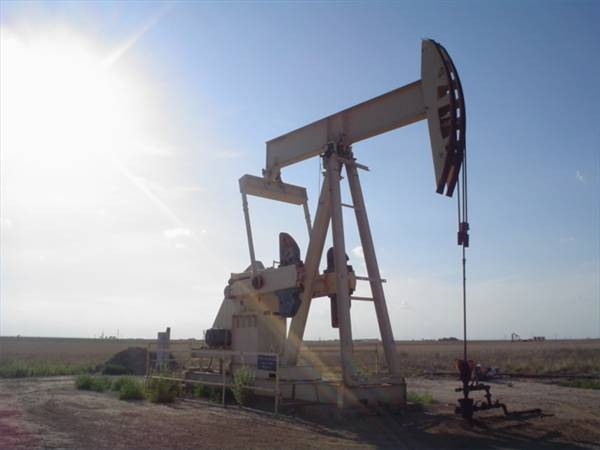
This process begins with the extraction of petroleum. Using geological surveying, an oil reservoir is discovered and drilled to, and the oil is removed. Relatively unknown is that even in the most accessible wells, it is usually only possible to remove 2/3 of the oil in the well. The oil is then shipped, usually either by pipeline or by tanker, to a refinery.

An oil refinery is an incredibly complicated, large-scale chemical processing plant. However, the basic processes used are based on distillation. Distillation works by heating a substance to the point where the desired part vaporizes, leaving the undesired impurities behind. The vapor is then condensed back into liquid and collected. Petroleum distillation is sometimes different from normal distillation in that some distillates also require different pressures, while normal distillation is always done at the local atmospheric pressure.

Gasoline starts with the progressive distillation of crude oil. This is where the process used to end, but modern engines require better fuel to achieve their higher performance, so various other substances made at the refinery, produced by chemical processing, are blended in. These other petroleum products are reformate, cat cracked naphtha, isomerate, alkylate, virgin naptha and hydrocrackate.

The main form of diesel fuel is still derived from petroleum. This is a distillate of crude oil. Compared to making gasoline, diesel-making is still relatively simple, being distilled at normal pressure in temperatures between 200 and 350 degrees Celsius.
Mixtures of gasoline and ethanol have been standard in the United States for years, mixtures of petrodiesel and biodiesel are becoming more common and some vehicles run exclusively on biodiesel or ethanol.
Biodiesel is made from non-petroleum oil, such as soy or vegetable oil. This raw material is filtered to purity and then processed with a mixture of sodium hydroxide and alcohol.
Ethanol is made in the time-tested method of alcohol distillation. Grains and vegetable matter are combined with water and yeast to make a mash, which ferments producing a low-grade alcohol. This is then distilled multiple times to concentrate the alcohol.